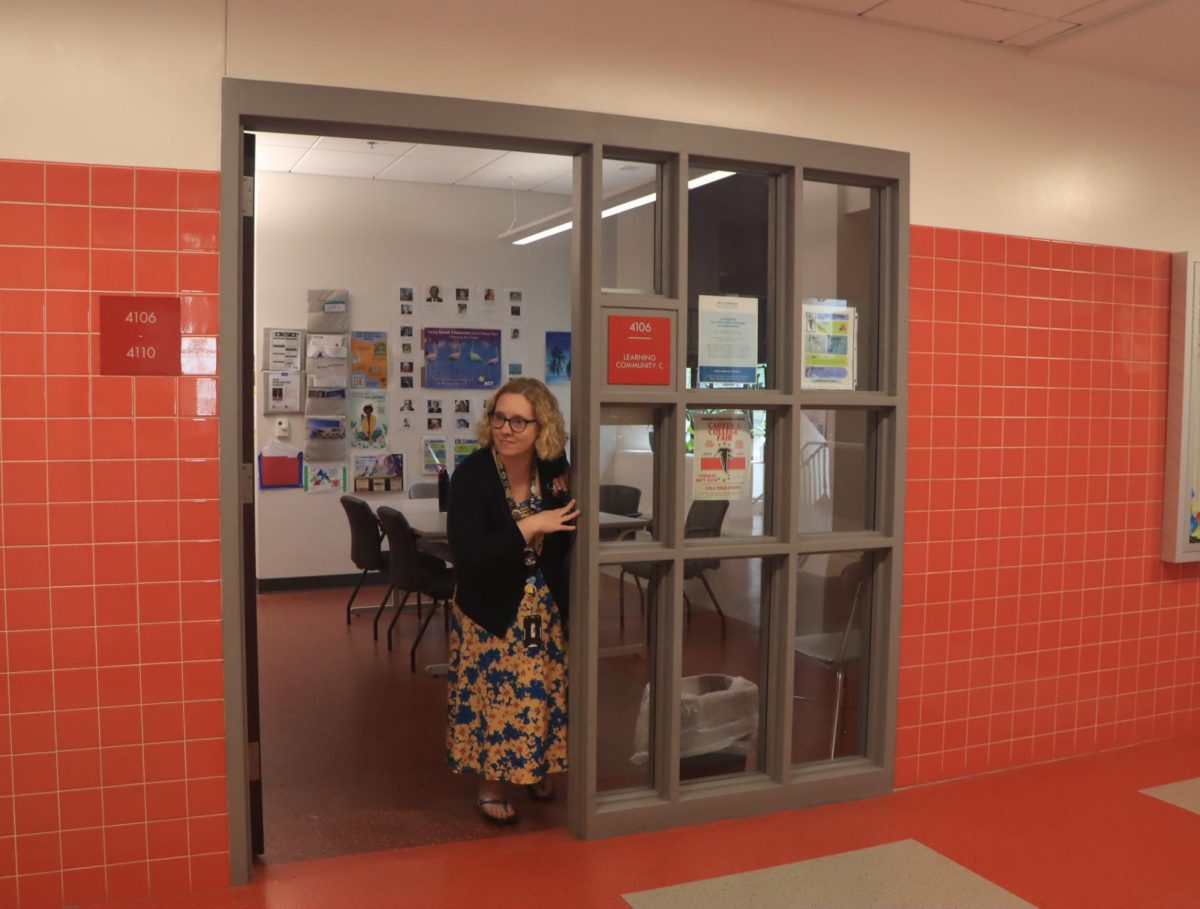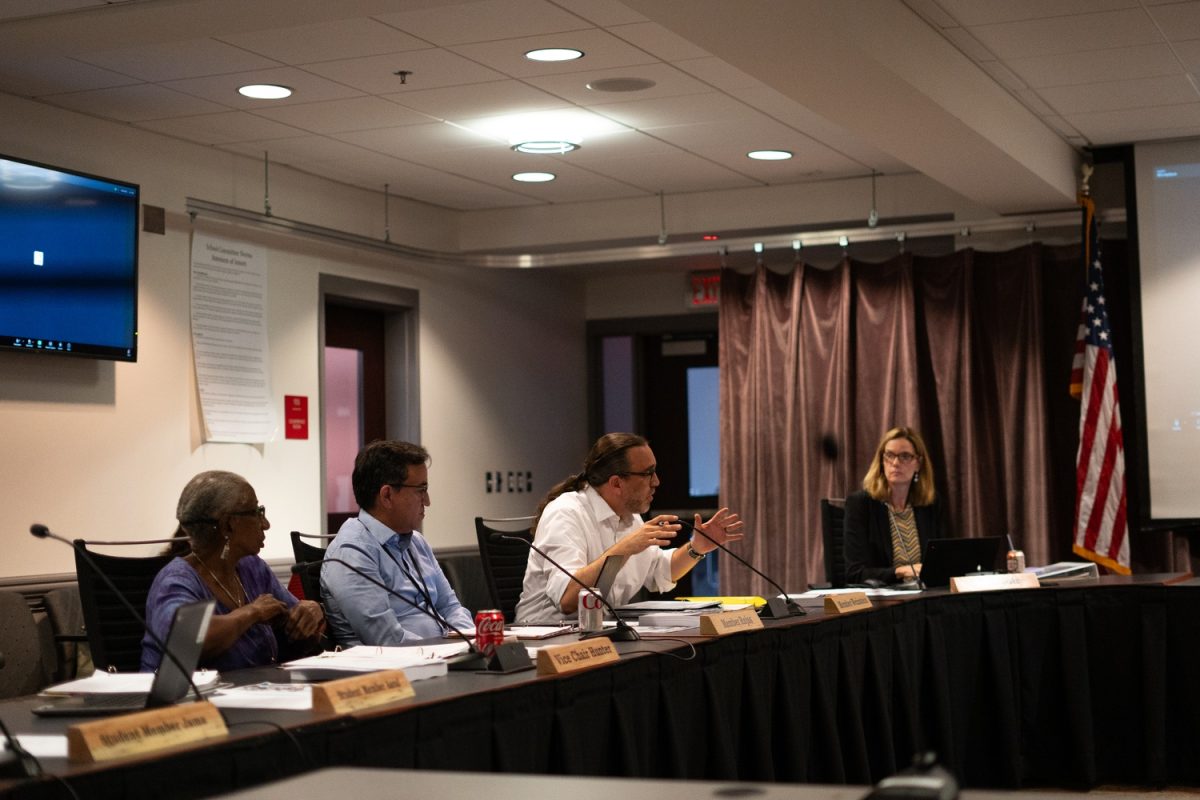The pandemic exacerbated countless issues, from health to socialization. Education and the grade gap, was one of them. Throughout lockdown, kids with more resources did better, while those with fewer struggled; many weren’t able to access the same supplemental materials, parental help, or productive environments. In response to this, a committee of about 50 teachers called ReCRLS was formed to combat this equity gap. Within a couple years, their work led to the creation of the Grading for Equity program, based on Joe Feldman’s book of the same name.
CRLS teachers have widely varying opinions regarding the Grading for Equity policies. AP Chemistry teacher Mr. Sunny Gupta told the Register Forum that, “Grading for Equity has had largely positive impacts on the school.” In his class, he has found that final grades correlated almost exactly with the students’ scores on the AP test, and the removal of participation-based grading has removed teacher bias from the equation. Mr. Gupta added that Grading for Equity encourages learning-based grading as opposed to knowledge-based grading, which is more equitable.
Ms. Lily Rayman-Read, who teaches AP Psychology and Critical Issues, feels differently. Since the implementation of the new policy, which removes consequences for missing class, Rayman-Read has seen a dramatic reduction in attendance. Grades, too, have become inflated, leading students to have less motivation to perform well or push themselves, she told the Register Forum. There has also been no attempt to standardize grades across departments, further increasing inequality between classes, she added. Ms. Rayman-Read has been setting up meetings between stakeholders in an attempt to start a conversation about how effective Grading for Equity has been.
One thing both teachers agree on is the need to have more conversations about the policies, and to collect more data on their impacts. Mr. Gupta suggested collecting current data about SAT scores vs. GPA and comparing it to data from before Grading for Equity would be a good place to start. Ms. Rayman-Read also wants to have an open discussion about the new policies. Both teachers feel that the administration has done a poor job of communicating specifics about the policy. Mr. Gupta believes that the administration has not prioritized helping teachers adapt to this new policy. According to Ms. Rayman-Read, it is not widely known that participation grades are still allowed with a rubric and many teachers were confused by the “floor of 50.”
Principal Allen Gately Gehant fully supports Grading for Equity, which he says has led to improvement across the board. While the changes have increased grades on the lower end, Principal Gehant states that grades have actually decreased on the higher end—less students are getting A’s and A+’s. He acknowledges that communication between teachers and administrators has been somewhat lacking, but the administration is working to improve that bridge. When asked about standardizing grading practices, Principal Gehant said that the CRLS administration intentionally leaves that authority to individual deans of curriculum for each subject.













